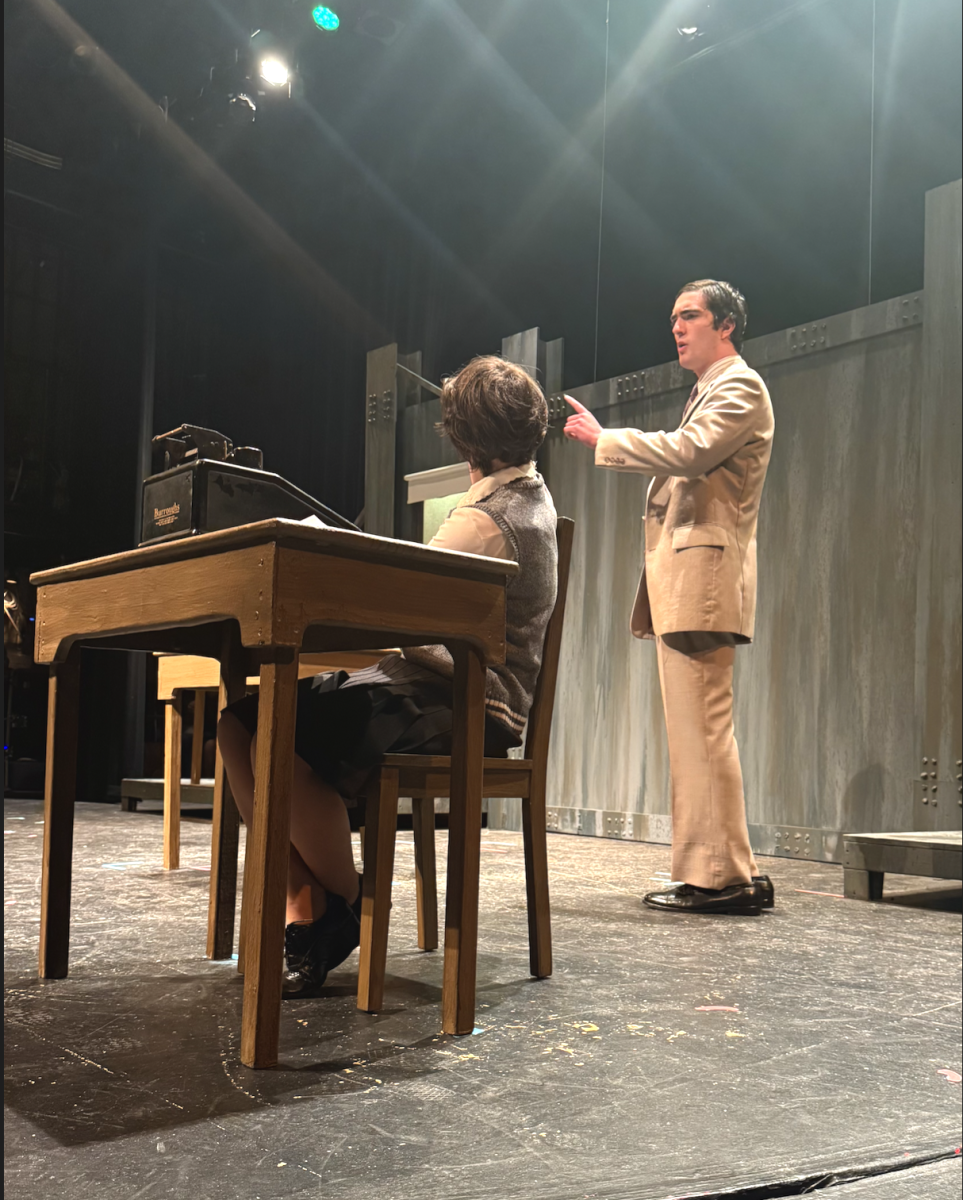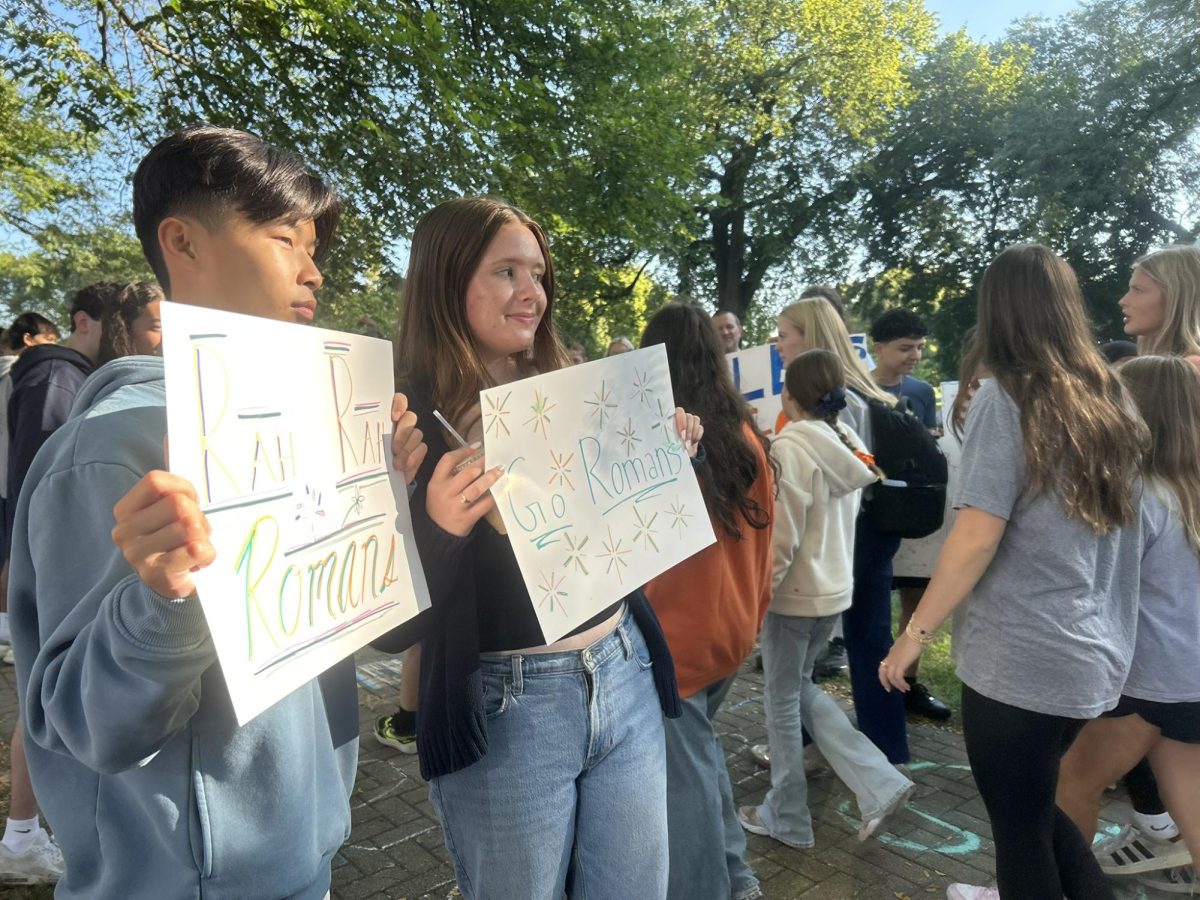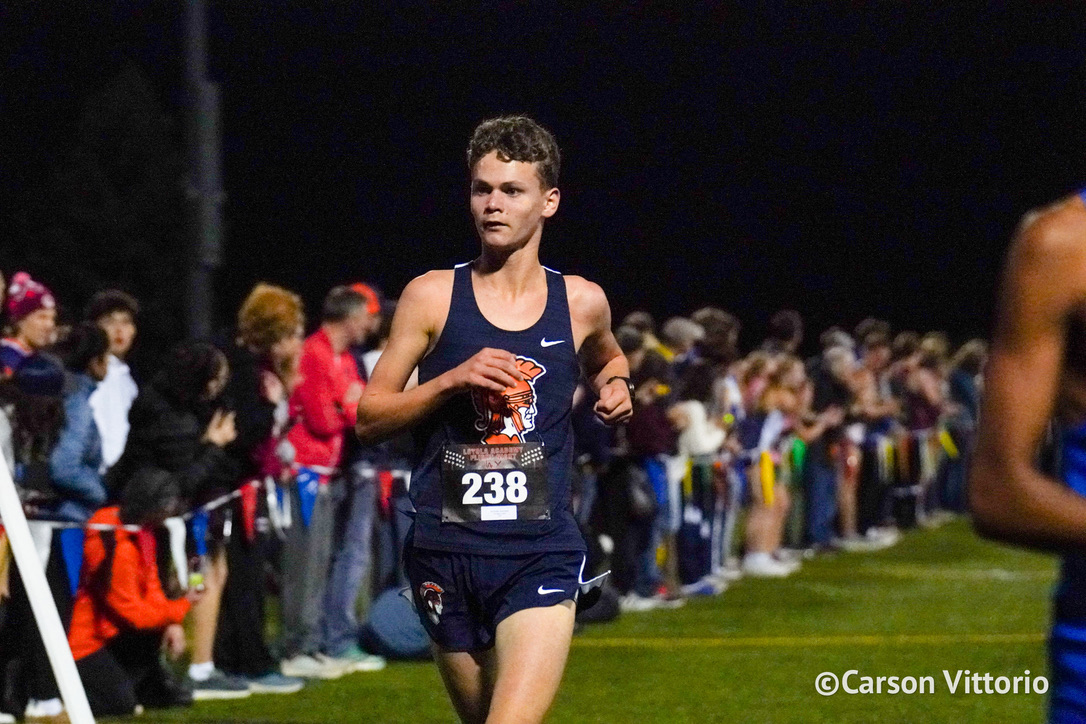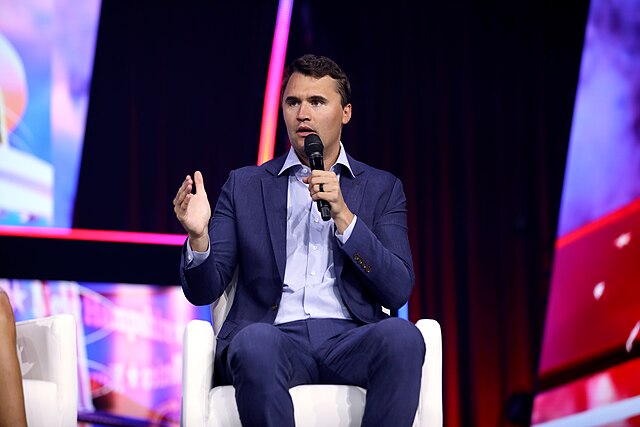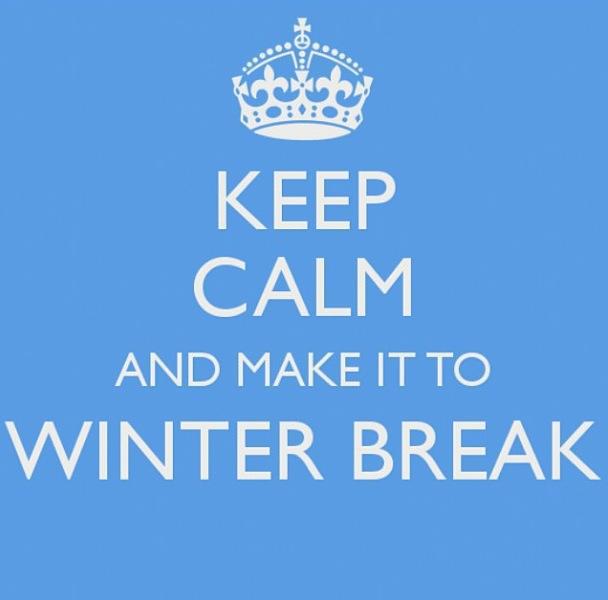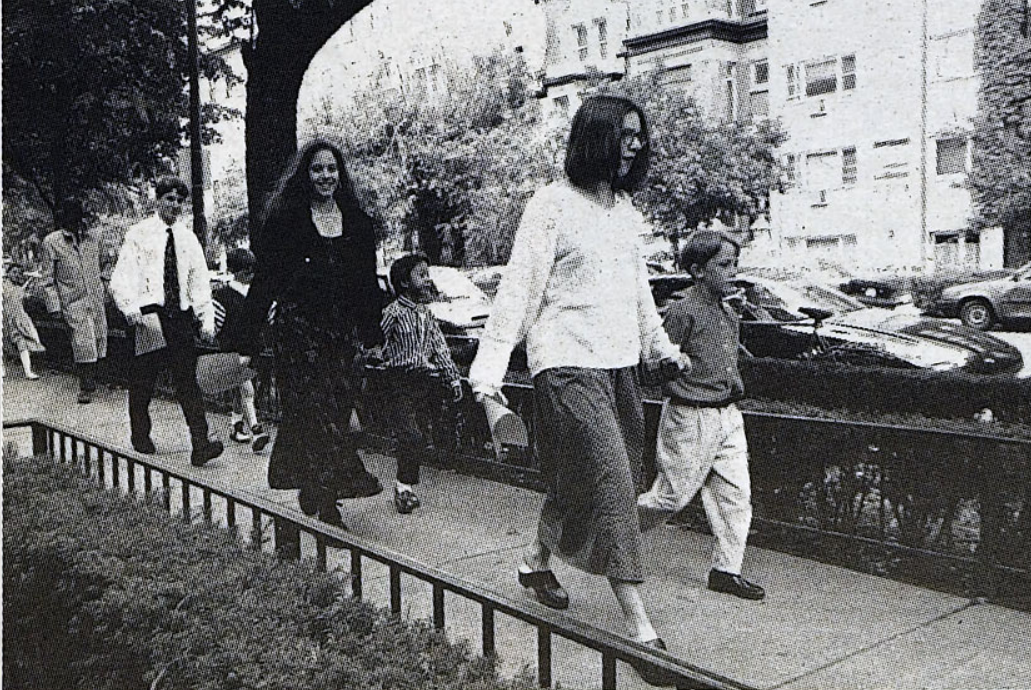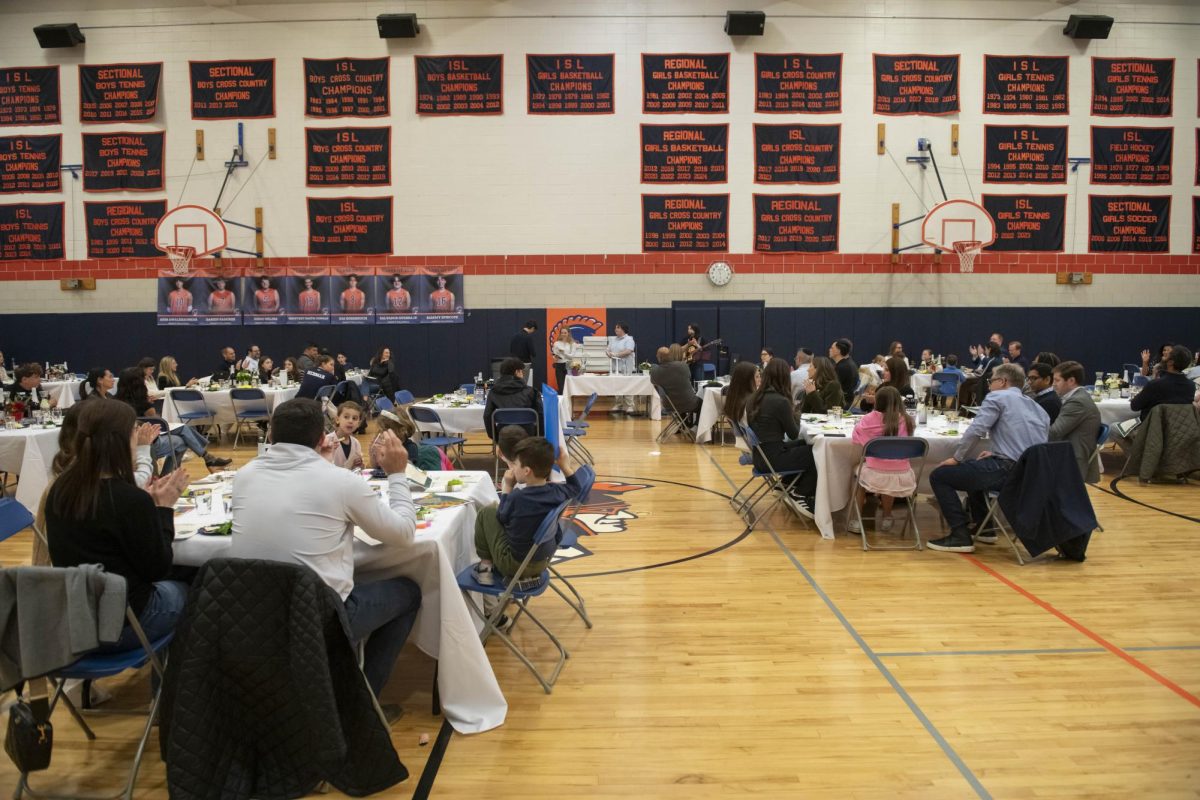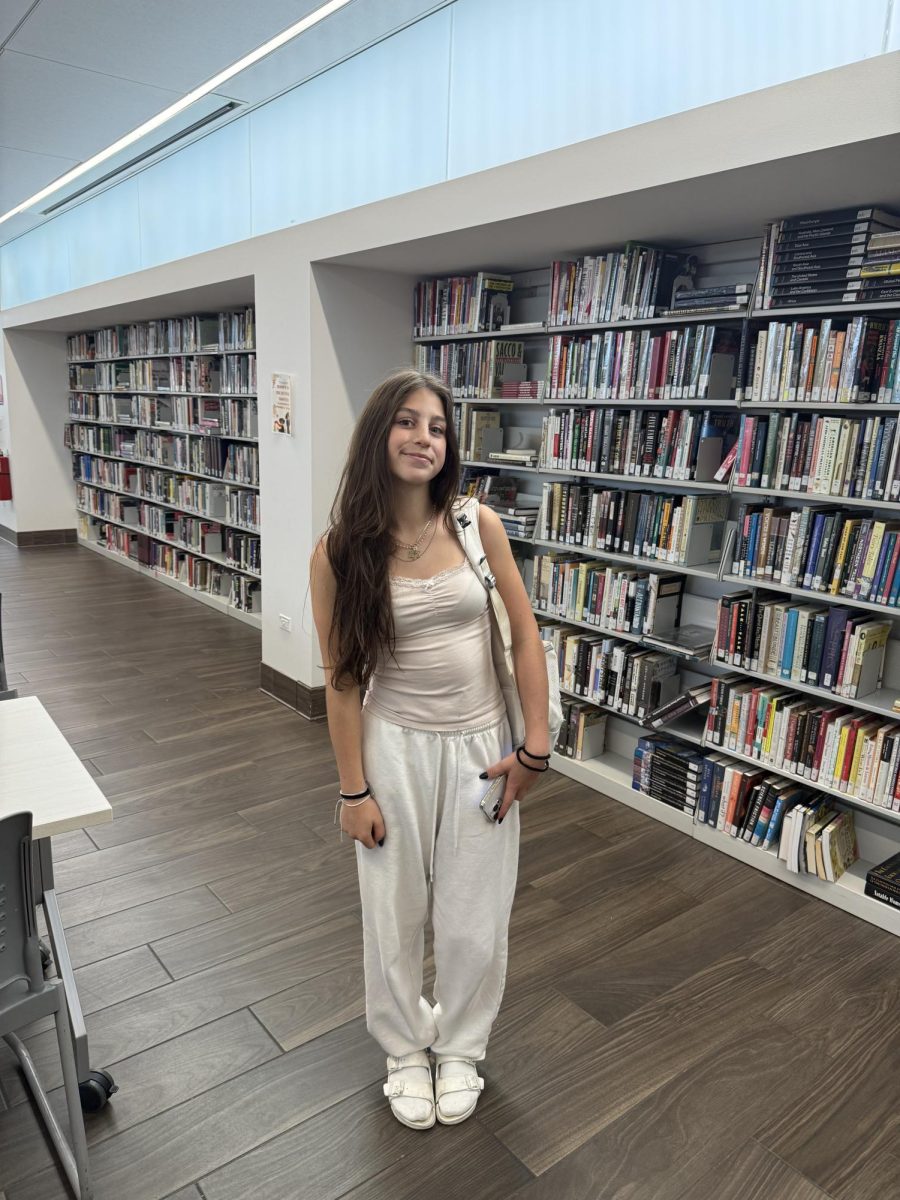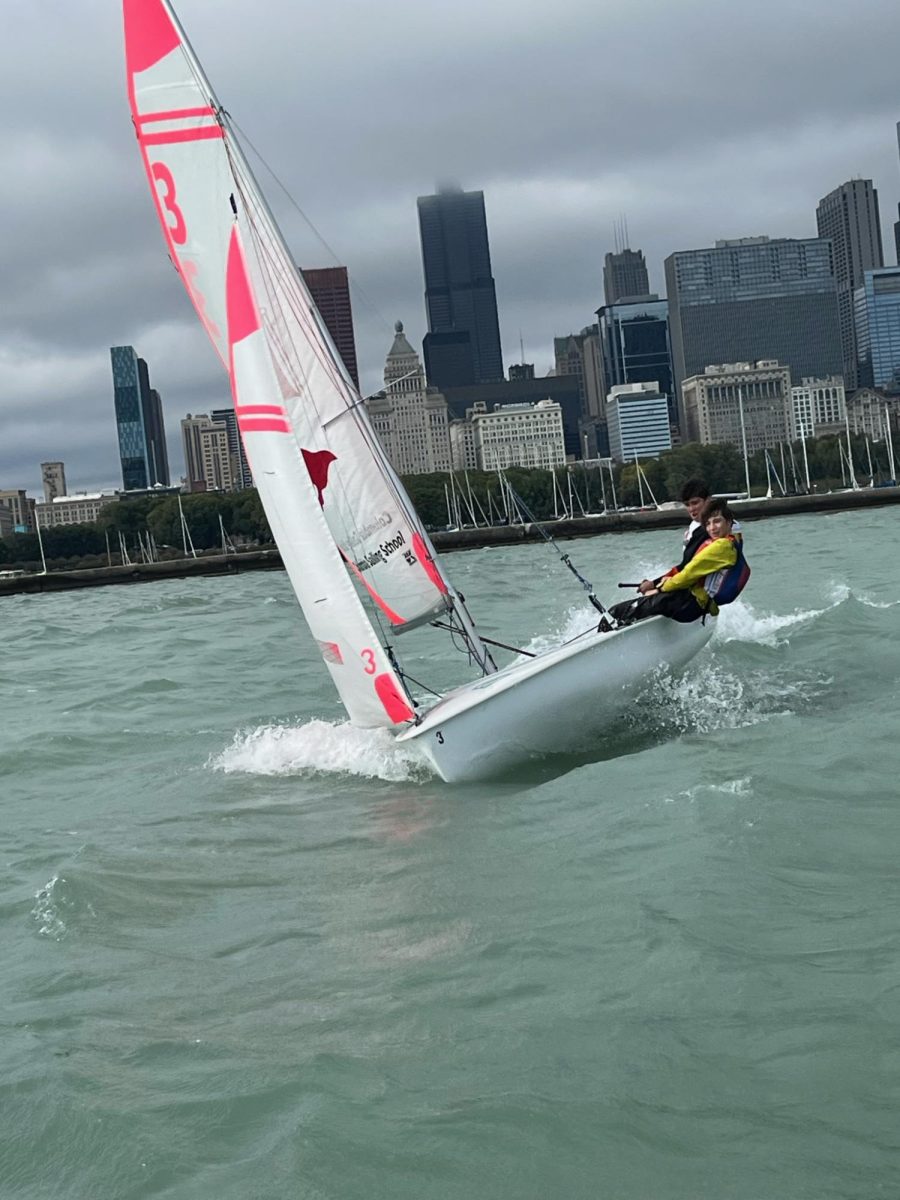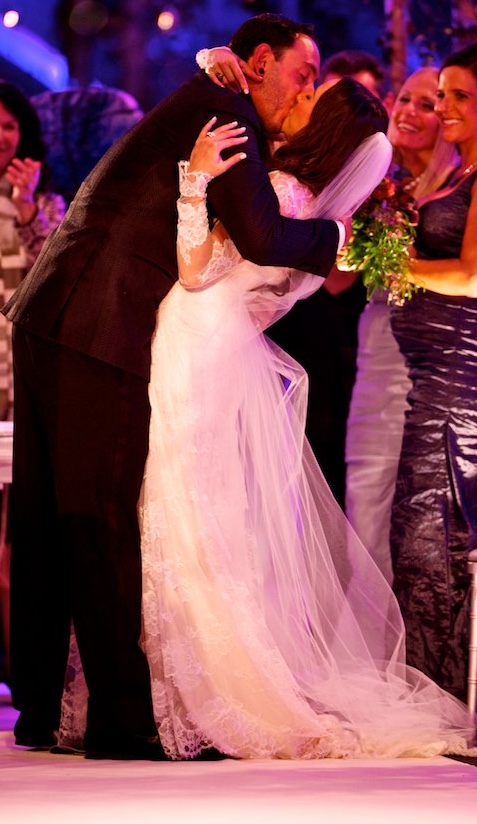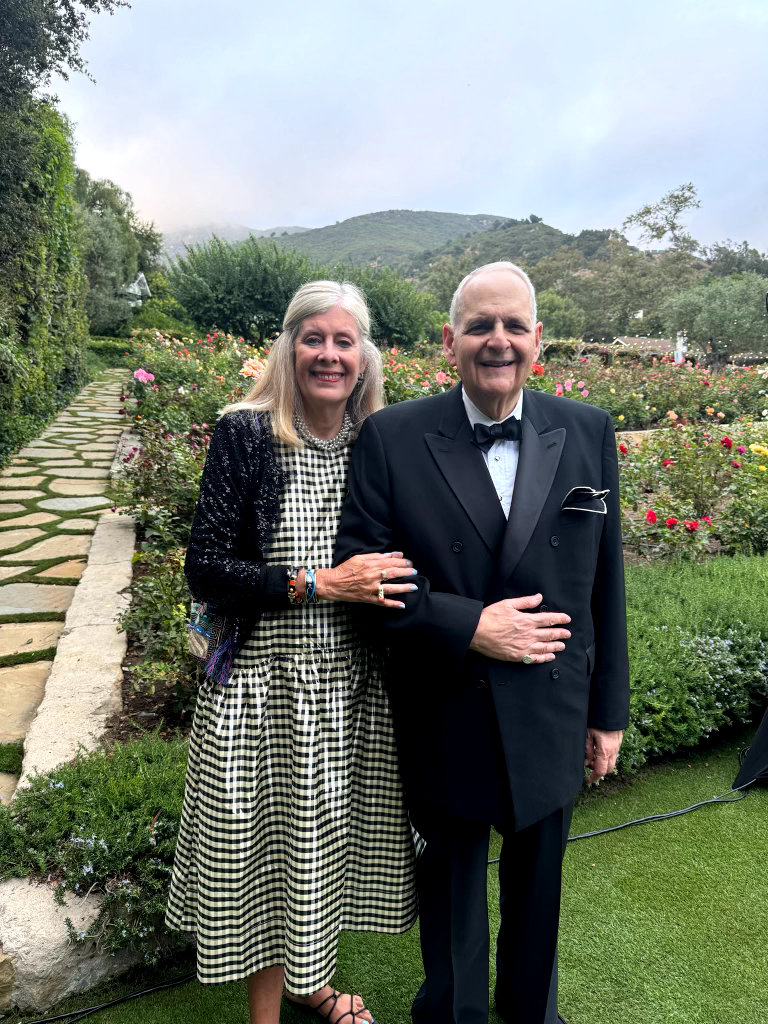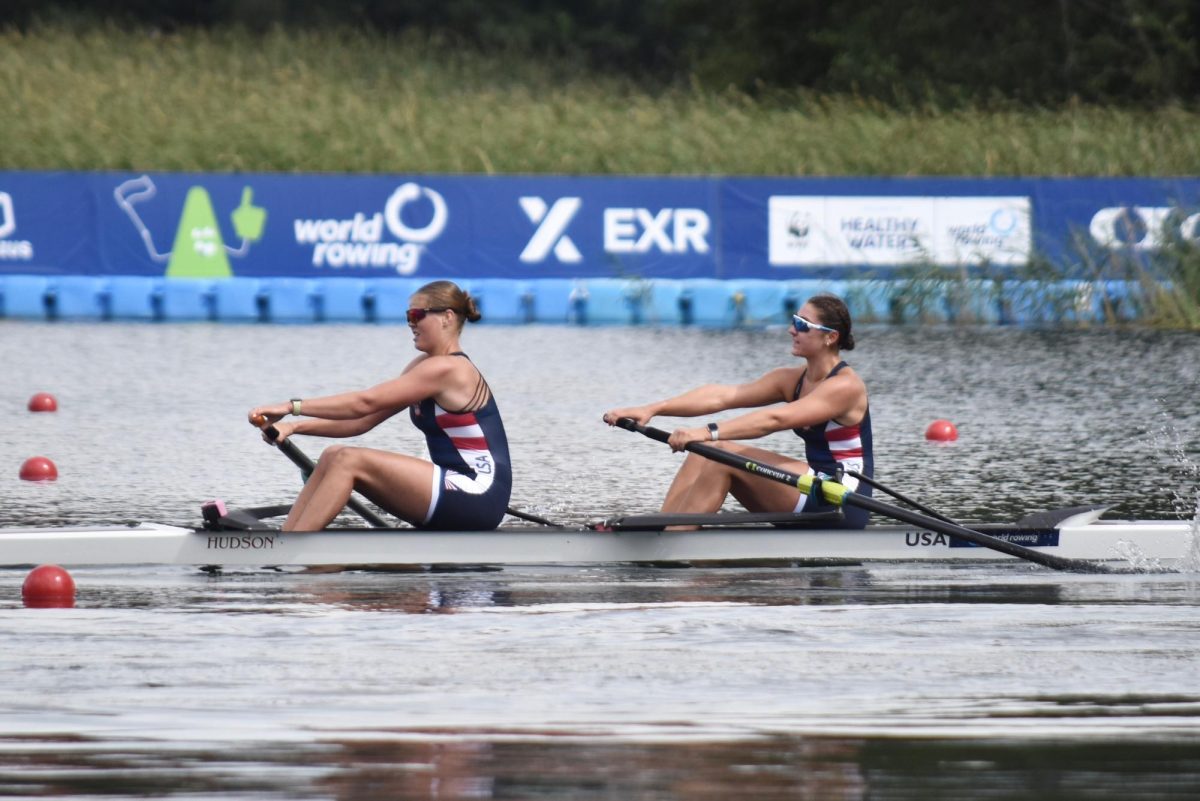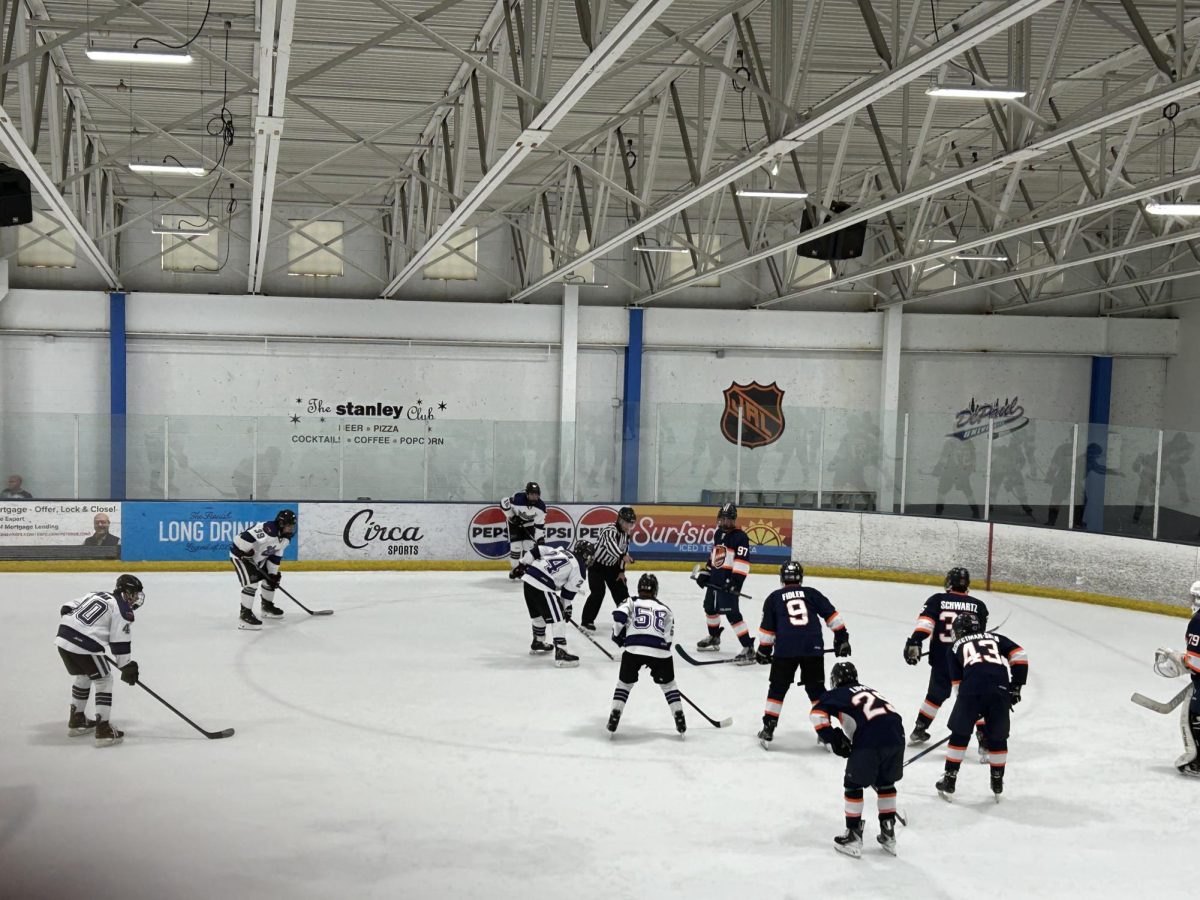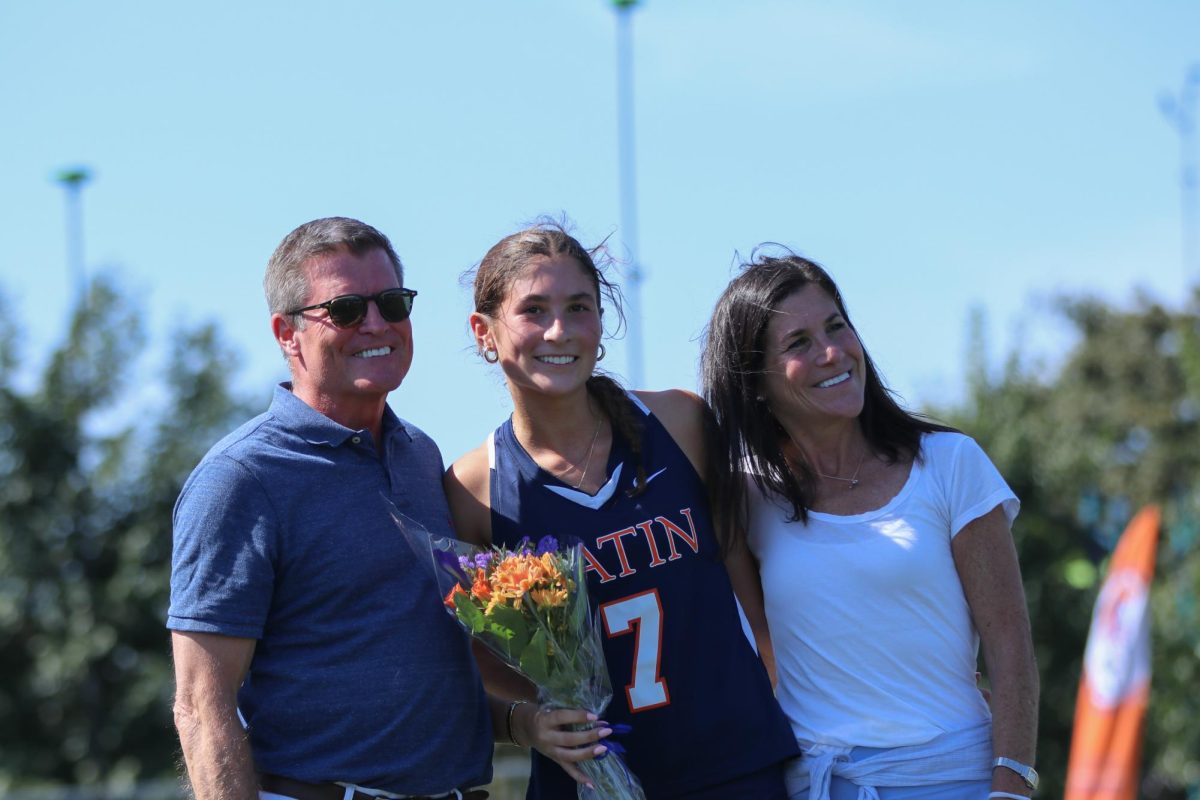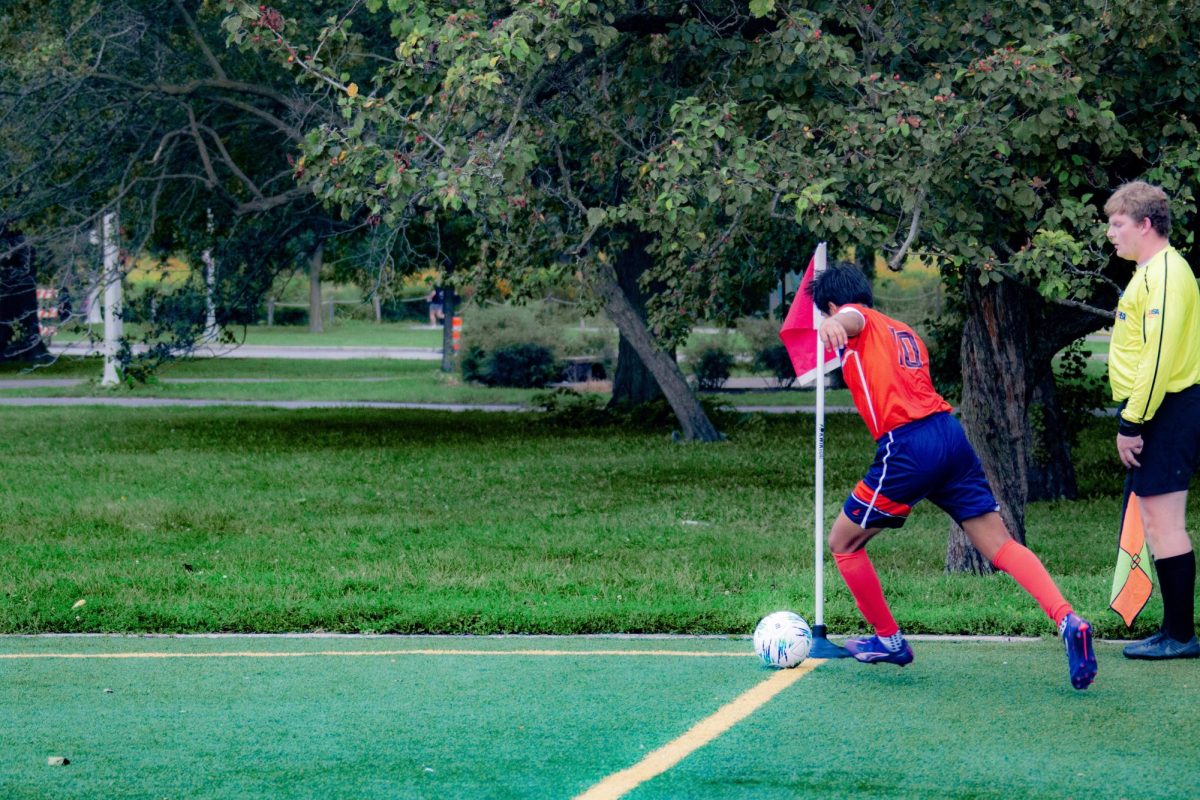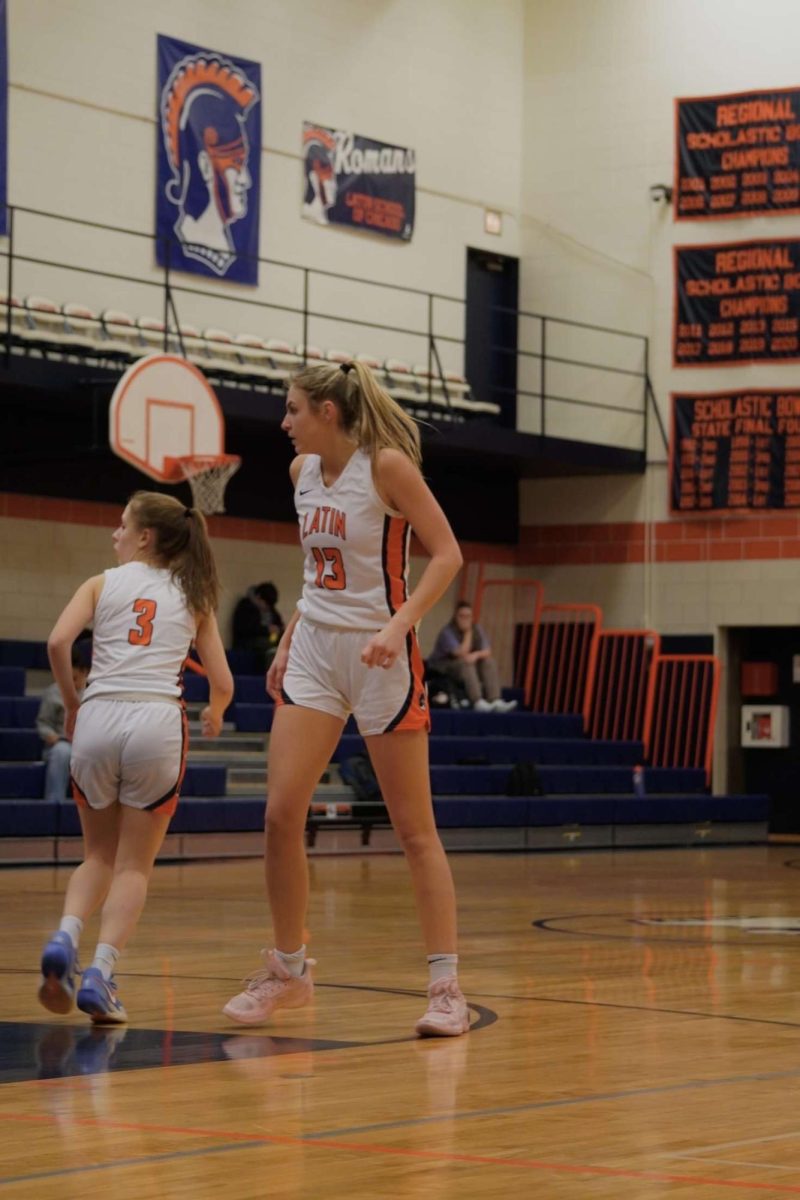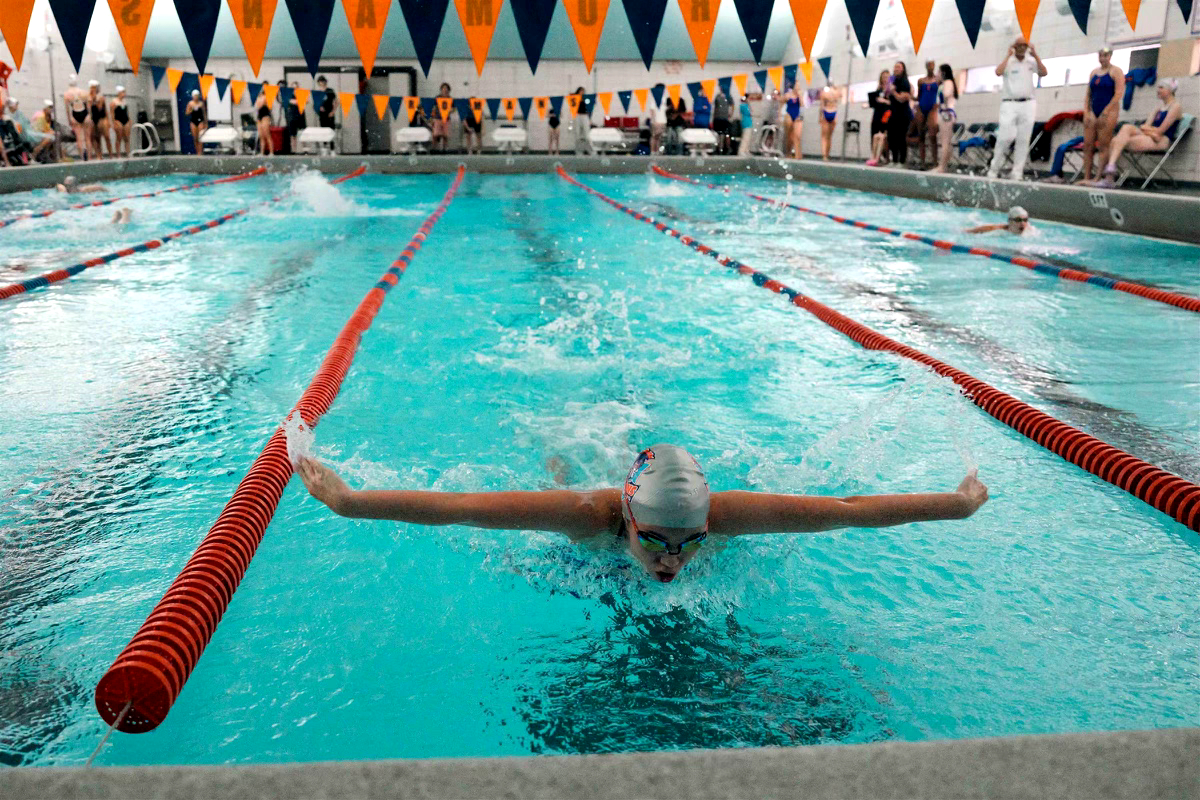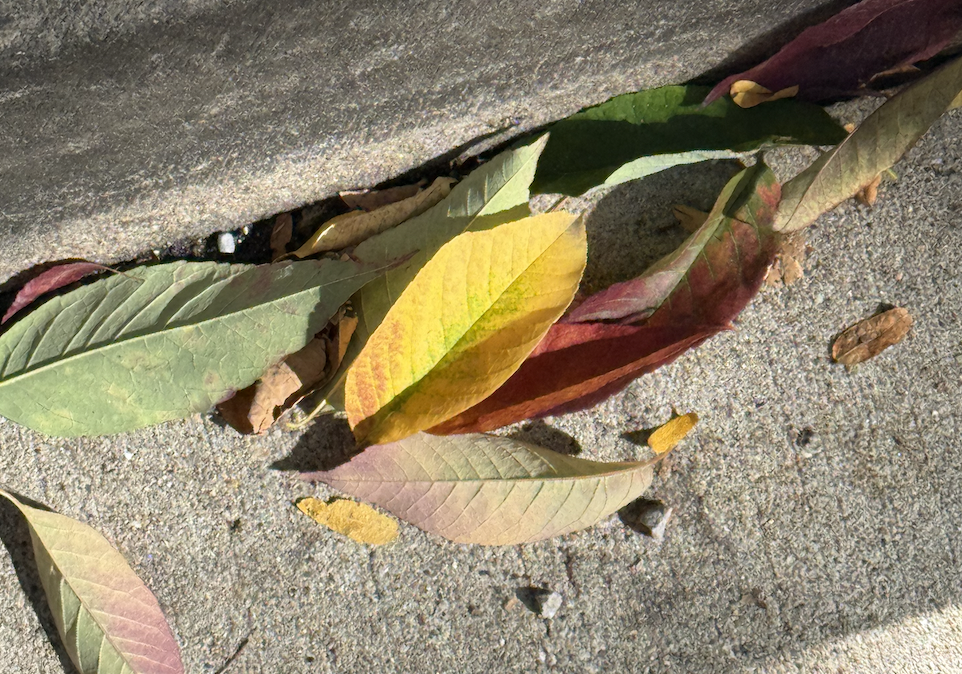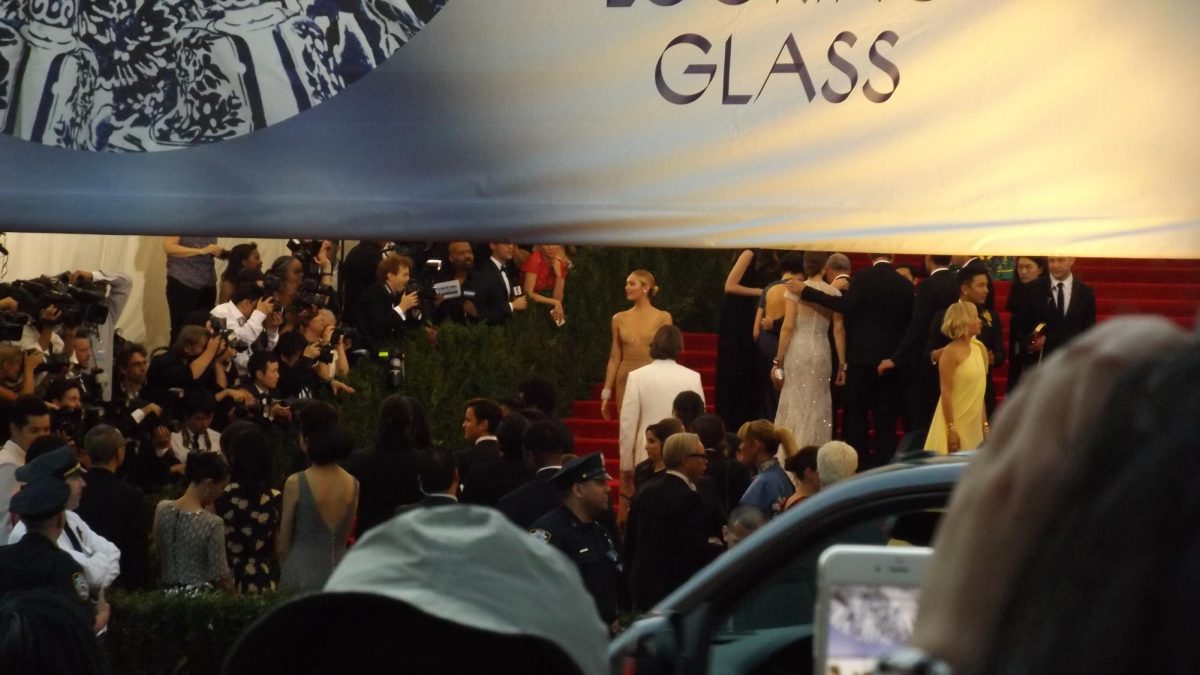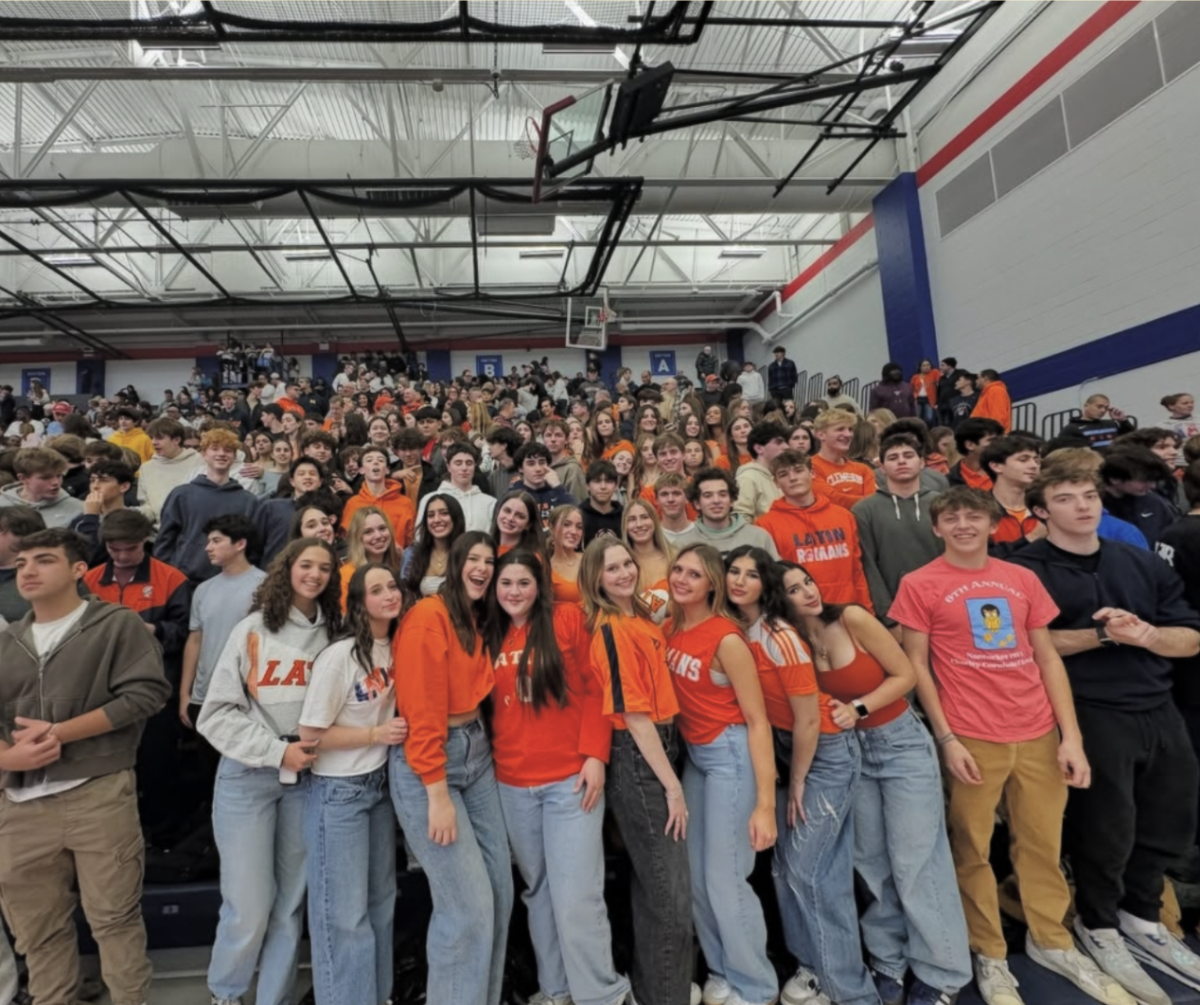Across the country, student participation in sports, as well as the number of multi-sport student athletes, drops significantly with age—only around 39% of high school seniors participate in organized sports, while around 90% of eighth graders and high school freshmen participate. In an email Latin Upper School Athletic Director Katie Johnson sent to the community, she said that “82% of Latin Upper School students play sports.” Yet, this trend of declining athletic participation is mirrored in the Latin community, raising questions about what drives withdrawal from this core aspect of Latin’s culture.
Freshman year, many choose to take on two or three sports. There is an influx of new athletes who have never played their sport before and are eager to learn. Freshman Annika Hull, who plays field hockey, basketball, and lacrosse, said, “Most of my friends and people in my grade do at least two sports.”
Sophomore Jake Simon had a similar experience. He now plays basketball and lacrosse, but during his freshman year, he played soccer as well. “I played soccer so I could meet new friends going into my freshman year,” he said.
Unfortunately, Jake fell into the trap that many student-athletes face: balancing school work with athletics.
“During last season, I [had] less time after school to do homework or to study because practices and games take up a decent amount of time,” Jake said. Once acclimatized to the high school experience, the following years’ academic loads become more and more rigorous. The increasing amount of homework and extracurricular commitments often leave sports on the cutting block.
Similar to Jake, Annika anticipates a decrease in year-round athletic participation from her classmates in the future. “When I talk to my friends and people I played sports with this year about doing sports next year, a lot of people say they aren’t going to continue with multiple [sports], she said. “[People who are quitting next year] didn’t enjoy it or are scared of the more work we will get sophomore year, so they want more time for homework.”
While educational rigor increases throughout high school, athletics similarly follow suit.
“On the JV [basketball] team, there was more pressure than on the freshman team to come to every practice because it would affect your playing time,” Jake said. “Going into my sophomore year, [basketball] tryouts were more stressful because the coaches put more pressure on us, and I was worried whether I was going to get a spot on the JV team.”
Shifts in athletic participation do not go unnoticed by coaches who witness varying levels of commitment from their athletes. Maggie Mick, coach of JV Orange girls field hockey, finds students demoralized by not liking their placement or being separated from their friends with their team placement. “I know a lot of athletes sign up for a sport with their friends, so if they end up not being on the same team, it could make the sport less enjoyable,” she said.
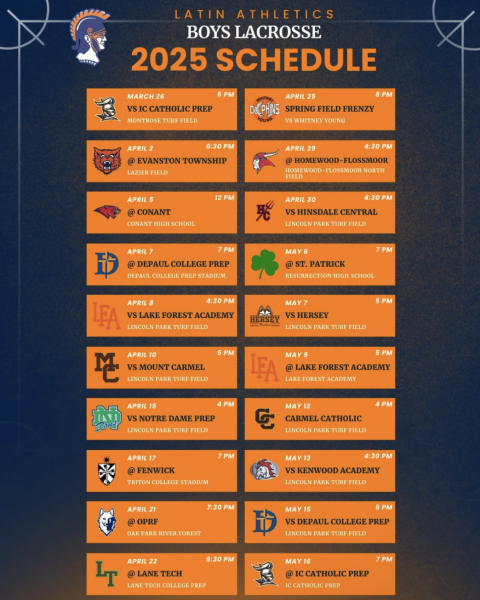
Boys lacrosse fits all of these games plus practice into only two months.
The reasons behind students stepping away from a sport are multifaceted. For some, it leads them to explore different athletic pursuits rather than quitting entirely. This raises the question: Why not try a new sport instead of quitting?
Take sophomore Bea Bloomer, for example. After her freshman season trying a new sport, volleyball, she decided to switch to field hockey. She said, “I wanted to try and learn another sport and meet new people.” While freshman year is a time for trying new things, it's clear that students can continue this exploration throughout high school.
Additionally, Latin's PE credit requirement motivates students to switch sports. Sophomore Fia Bondy, who transitioned from field hockey to golf her sophomore year, said, “I definitely felt some pressure because of the PE credits when making my decision.”
Throughout high school, two PE credits are required to graduate. One credit is gained through wellness class in ninth grade, but the others have to be gained through participating in school sports, applying for an athletic ISP, or taking additional PE classes. Students may have to participate in four sports seasons throughout high school if they don’t want to take additional PE classes. If an athlete decides to stop playing a sport, their best option may be to pick up another one in order to complete their credits.
For Bea, her switch turned out to be a positive one. “It ended up being really fun and unforgettable.”
Fia also had a positive experience transitioning to a different sport. She said, “I was happy with my decision because I was a lot less stressed out during the season. Golf is more low-key and much less intense than field hockey.”
Both Bea and Fia found their new sports more manageable and enjoyable, offering a welcome change of pace to sports that fit their lifestyle.
While the willingness to explore new options may lead to a decline in athletic participation for some, it also opens the door for students to find a sport that aligns better with their evolving interests and academic pressures.
Jake provided insightful advice. He said, “Do what is best for you and not just because your friends are playing that sport; you can always try a new one.”

